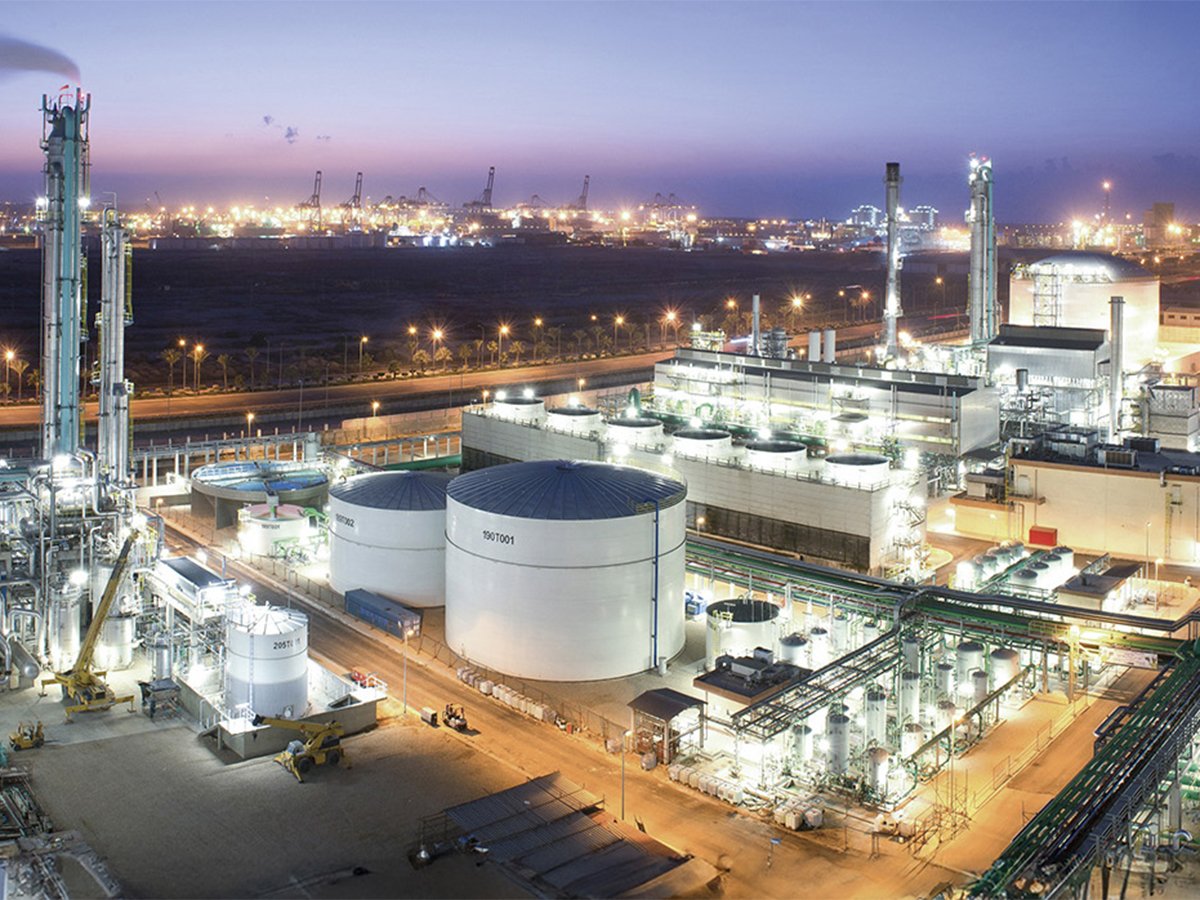Researchers say they have found the smoking gun that proves farmers are responsible for a steep increase in one of the nastiest greenhouse gases.
A study published in the April issue of the journal Nature Geoscience describes how nitrogen isotope data has identified the unmistakable fingerprint of increased nitrogen fertilizer use behind heightened nitrous oxide levels in the atmosphere.
“It really confirms it very unambiguously,” said study author Kristie Boering, a professor of chemistry and earth and planetary science at the University of California, Ber-keley.
Read Also

Genesis Fertilizers seeks government funding
Genesis Fertilizers is actively seeking funding from government and a strategic partner. The company dispelled a rumour that DL E&C has abandoned the project.
Nitrous oxide levels have increased 20 percent since the industrial revolution, 60 percent of which occurred after the green revolution of the 1960s when farmers began relying heavily on synthetic fertilizers to boost crop yields.
“It’s a very potent greenhouse gas that has 100 times the global warming potential of carbon dioxide,” said Boering.
She was able to identify the isotopic composition of nitrous oxide in the atmosphere, which showed that the ratio of nitrogen-14 to nitrogen-15 isotopes has been on the rise.
Bacteria in freshly fertilized, nitrogen-rich soil prefer to use the nitrogen-14 isotope when fixing nitrogen for plants rather than the nitrogen-15 isotope, which takes more energy to metabolize. That results in higher levels of nitrogen-14 isotopes in the atmosphere.
“We’re not vilifying fertilizer. We can’t just stop using fertilizer,” said Boering. “But we hope this study will contribute to changes in fertilizer use and agricultural practices that will help to mitigate the release of nitrous oxide into the atmosphere.”
Bill Herz, vice-president of scientific programs for the Fertilizer Institute, said it comes as no surprise that farm fertilizer is the main culprit behind increased nitrous oxide levels in the atmosphere, which has long been suspected.
The institute has been trying to devise ways to reduce the industry’s environmental footprint while still providing a valuable contribution to global food production. Herz said fertilizer is responsible for 40 to 60 percent of today’s crop yields.
The result is the 4R nutrient stewardship program, which encourages farmers to use the right fertilizer source at the right rate at the right time and in the right place.
Implementing best management practices can help farmers better match nutrient supply with crop requirements to minimize nutrient loss. Best practices include incorporating fertilizer into the soil rather than broadcasting it on top and using equipment that places fertilizer more precisely in the soil.
“We’re promoting a system that not only has environmental benefits but has very significant economic benefits for the producer,” said Herz.
Other developments, such as genetically modified crops that will more efficiently use nutrients and microbial enhancement products that are already on the market, should further reduce agriculture’s nitrous oxide emissions.
Boering applauded the agriculture industry for taking these steps to reduce one of the most potent greenhouse gases.
“That might buy us a little bit of time to find the best ways to reduce our carbon dioxide emissions,” she said.
Her research provides the agriculture sector with a new tool to measure how effective its mitigation efforts are at reducing nitrous oxide levels.
“We can verify people’s claims as well as help develop new protocols for when you fertilize and not.”
It can even be used to see how things are progressing on a country-by-country basis.
“We could look at Europe. Is Europe doing a good job at decreasing their nitrous oxide emissions?” she said.















